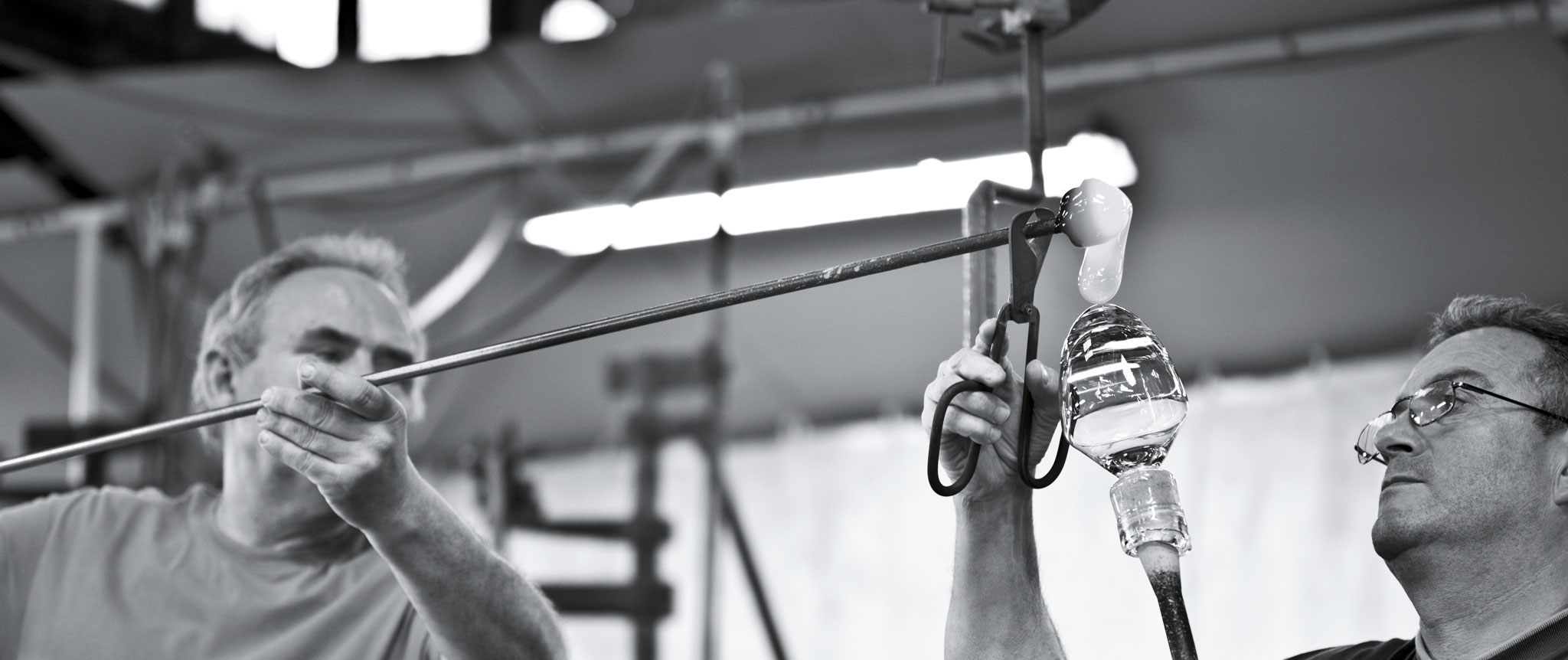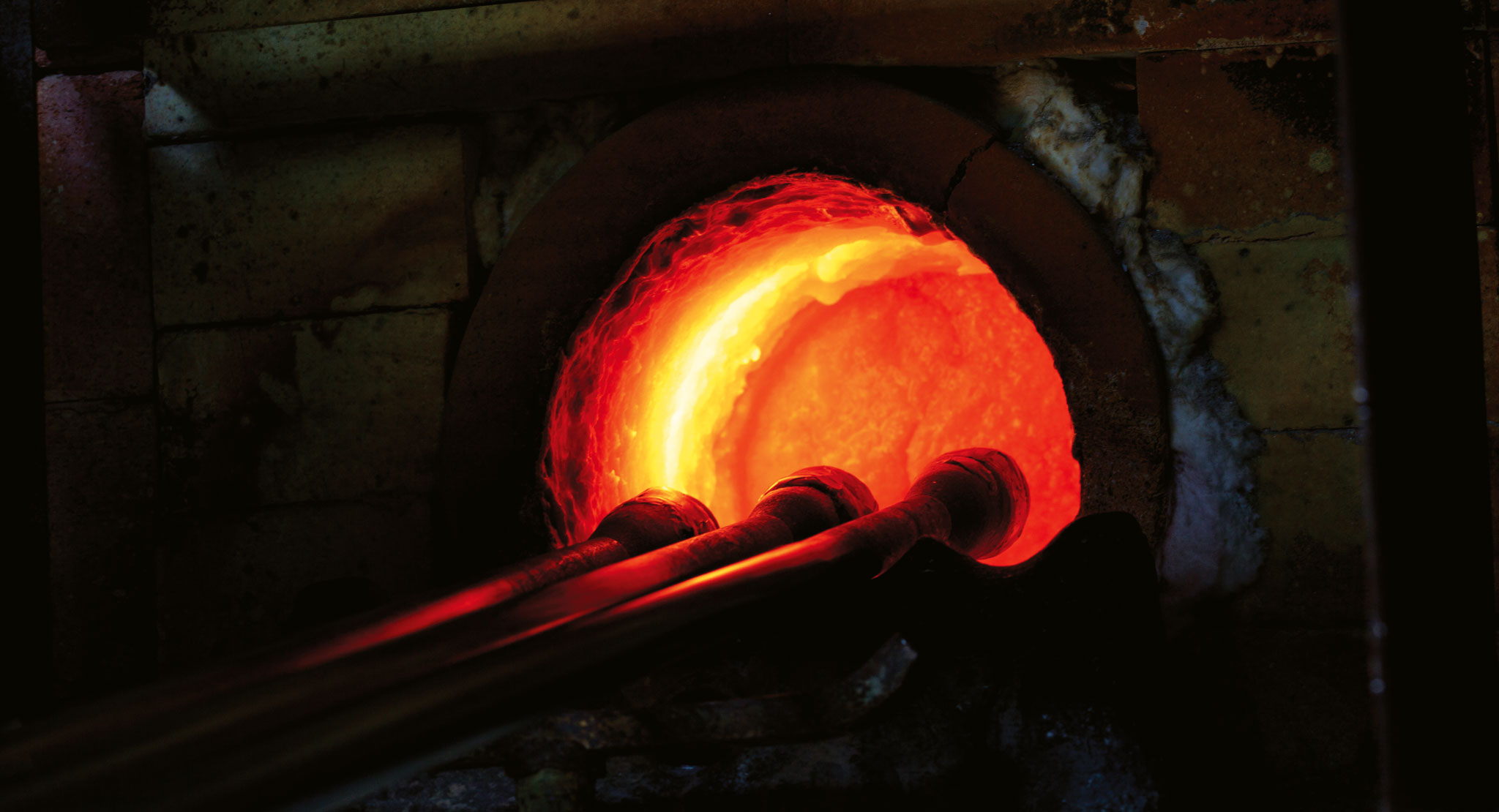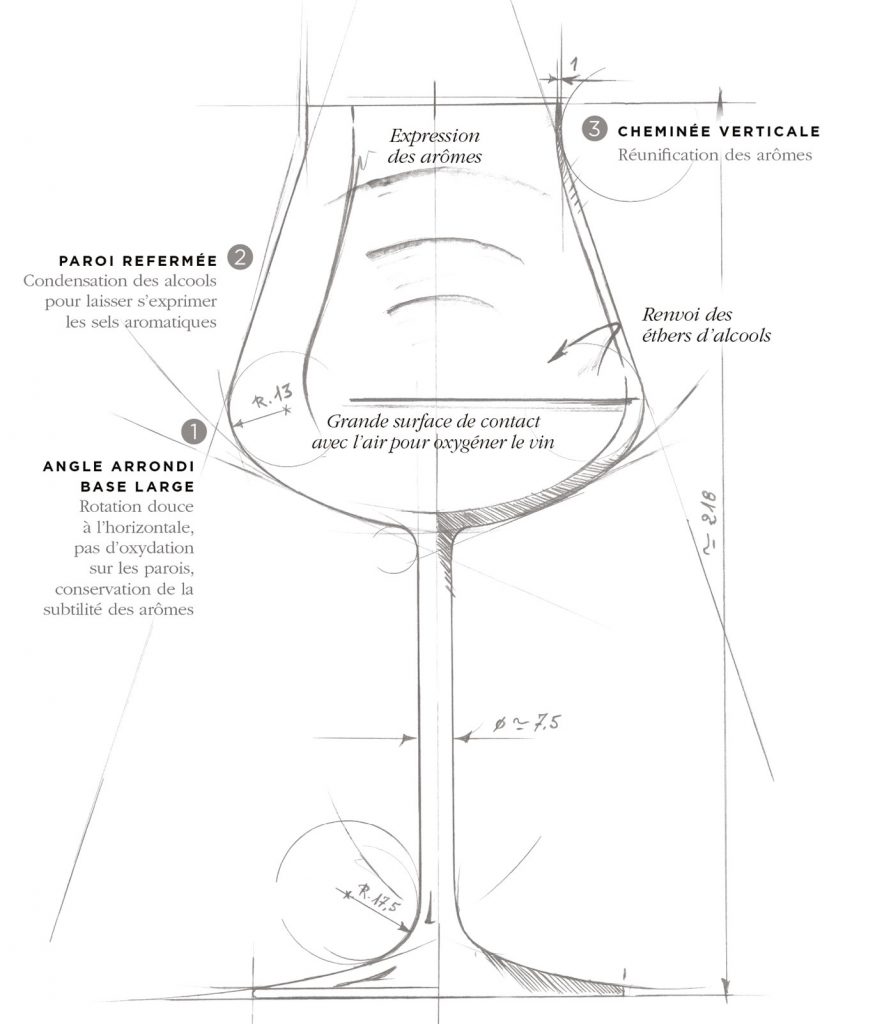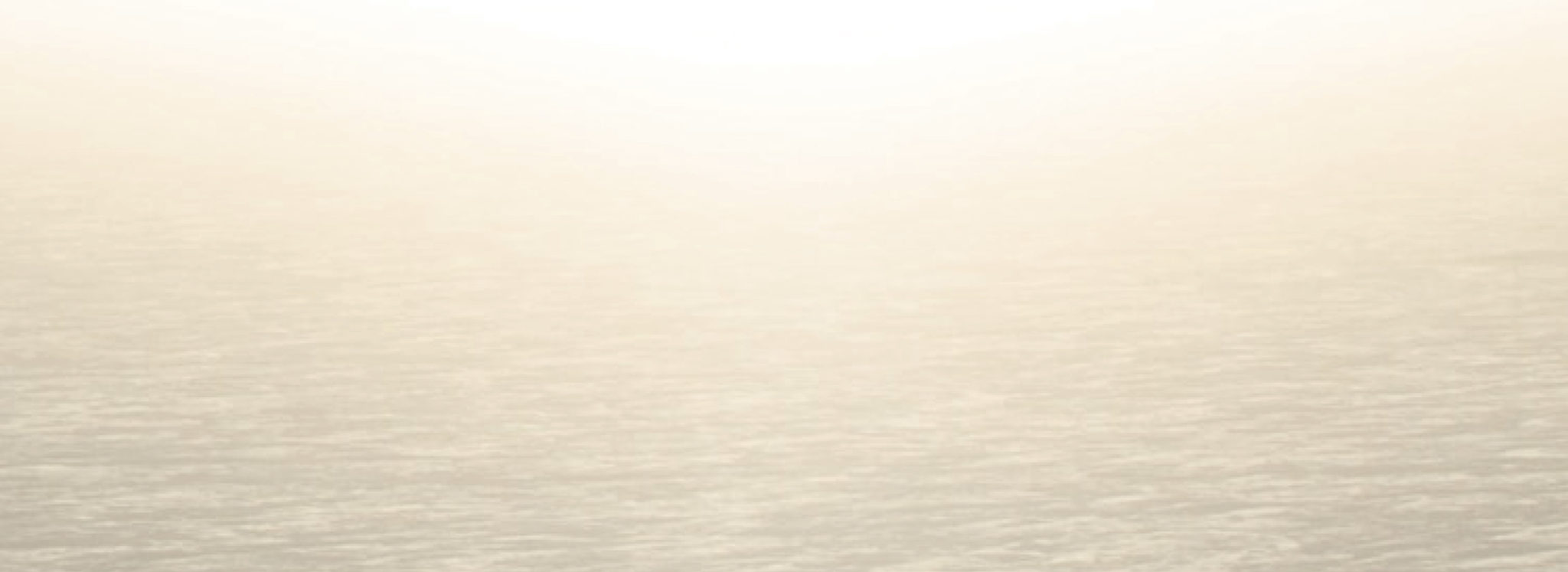Crystal
cut out for wine
Both a miracle and a mirage, crystal conjures up a blend of mystery and magic. A fascinating material that shares an age-old history with wine. Because the famous French expression “qu’importe le flacon, pourvu qu’on ait l’ivresse” (Never mind the receptacle, let’s just drink it) would not persuade true connoisseurs who know how to exalt the qualities of a great wine by treating it to the perfect container.
AN ALCHEMIST'S DREAM
Sand and fire… Like that used for wine, the recipe for glass has been known to humankind since the dawn of time. Amongst the major phases in this age-old history was the invention of the blown glass technique by the Phoenicians, which made it possible to create utensils and recipients. Later on, during the Middle Ages, the development of flat panes using cylinder blown sheet or crown glass techniques paved the way for the art of stained glass, magnified in cathedrals from Chartres to Notre Dame de Paris. In the Renaissance, Venetian glassworks were renowned for their clear “cristallo” glass, which was our crystal’s ancestor, and Venice remained a reference for two centuries. The journey continued in Bohemia, on the edge of Germany and the Czech Republic, where master glassmakers manufactured very fine glass that was very easy to engrave and remains a major reference to this day.
CRYSTAL MADE IN ENGLAND
The invention of crystal was officially English and dates back to the 17th century. The British guarded the secret jealously for over a century. As luck would have it, fate intervened and necessity knows no law. At the time, the English admiralty banned the use of wood to burn in favor of it being used to build warships. The English glassmakers kept their ovens going with charcoal but the carbon monoxide gave the glass an ugly brown color. They came up with the idea of adding lead oxide which accelerates the fusion. A miracle! The result was glass featuring remarkable radiance and exceptional sound quality. Thus the crystal made by crystal manufacturers bears no resemblance to rock crystal, aside from its luster. The term crystal refers to a particular quality of blown glass, which contains 24 to 40 % lead. Rediscovered in France around 1781, crystal made the decorative arts sparkle thanks to the talent of the skilled artisans plying their trade for the large crystal manufacturers such as Saint-Louis, Baccarat, Sèvres and Daum. Enhanced by cutting and gilding, cut glass crystal plays on shapes and colors to enthrall amateurs fascinated by this level of exquisite delicacy.
TASTING POINT
Crystal and wine form an inseparable pair and have found their way through history together, a history which is still being written, since the crystal of yesteryear has a high lead content that does not meet today’s health standards. The big crystal manufacturers have adapted to meet the new directives and perfected modern materials that combine beauty and safety, because cut glass crystal remains unbeatable in the eyes of oenologists. Its thinness and colorless transparency provide a perfect receptacle for wines and afford the possibility of admiring their unaltered colors. Less than a millimeter thick, a crystal glass is imperceptible on the lips and allows the wine to unfurl slowly.
TALKING POINT
While crystal has the chic look required to enhance wine, the shape of the glass also plays a key role. Some manufacturers have opted to focus on the connection between the shape of the container and the taste rendered by the contents. This is the case for Maison Riedel as well as for the Cristallerie Royale de Champagne. According to this principle, every kind of wine should have a particular glass designed for it that will enhance its specificities: fruity taste, acidity, mineral components, tannins or alcohol. There is no question of sacrificing function in favor of aesthetics. Burgundy, old or young Bordeaux, Chianti, Brunello, Barolo: according to the specialists, the same wine can offer a completely different organoleptic experience depending on the glass being used. It’s all a question of physics and chemistry…
By Anne-Marie Clerc
Photos:©Cristallerie Royale de Champagne
Baccarat “Crystal Legend” exhibition commemorating the 250th anniversary of the company. Until January 4th 2015 at the Petit-Palais, Musée des Beaux-Arts de la Ville de Paris



©Château Baccarat
FROM WINE TO GLASS THE RULES OF THE GAME
One must remember that the stem is used to hold the glass without affecting the temperature of the wine and also enables one to turn the glass so as to allow the bouquet to unfurl. A number of criteria must be taken into consideration with regard to the shape of the glass, all of which are so subtle that they are the subject of a master class. But here are a few basics:
The quantity of air present in the wine glass makes it possible to aerate the wine and therefore liberate these aromas. Thus, white wines with fragile aromas that tend to evaporate quickly require a smaller glass.
The diameter of the glass opening directly affects the position of the drinker’s head and therefore the first contact of the wine on the tongue. A wide opening makes one lower one’s head and the beverage therefore arrives on the tip of the tongue, which accentuates the perception of sugar and alcohol. Conversely, a narrow opening which makes one lean one’s head backwards encourages the first contact with the back of the mouth, an area which has a greater perception of acidity.
The rim of the glass also has an influence, depending on whether it is straight or has a rounded band, which emphasizes the acidity or astringency.
A slightly conical shape towards the top prevents splashing and concentrates aromas.
Between container and content, the art of crystal making continues to meet the challenges of taste and remains in a state of perpetual renewal.
Related articles
Tony Parker & Michel Reybier
An obvious meeting of minds
The irresistible Carole Bouquet
Actress and winemaker, Carole Bouquet is not just a stunningly beautiful celebrity. She is also endowed with remarkable strength and a winning spirit.
Raphaël Enthoven
– Interview – Raphaël Enthoven a philosophical stroll around the theme of wonderment Accurate wording, fast-paced delivery, thought patterns that are both deep and airy: Raphaël Enthoven cultivates a close relationship with wonderment. He agreed to discuss his enthusiasm regarding this “fundamental” philosophical subject with us in a captivating and astonishing interview. Professor of philosophy […]
Color first and foremost…
Color first and foremost… Matured in the darkness of the cellar, wine definitely prefers shadow to light. And yet, it is thanks to light that its mysteries are revealed. In order to discover a wine, one needs to exit the darkness of the cellar and take it into the light. Long before odor and taste, […]









